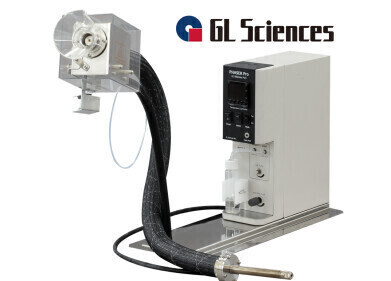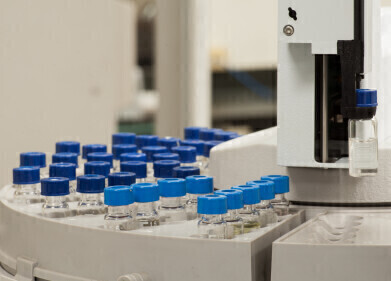GC, MDGC
Who is Mikhail Tsvet?
Oct 29 2014
The Botanist that discovered chromatography
Although perhaps not the most well-known of scientists, it was Mikhail Tsvet’s research into plant pigments which led him to invent chromatography in 1903.
Born in Italy of Russian descent in 1872, Mikhail Semyonovish Tsvet spent his early life studying botany. Despite gaining a Ph. D in botany from the University of Geneva in 1896, his doctorate was not recognised in Russia so he completed a degree from the University of Kazan, Russia in 1901.
It was Tsvet’s passion for botany and desire to understand plant pigments which led him to devise a separation technique known as adsorption chromatography. This involved using ether and alcohol to extract plant pigments, then percolating the resulting solution through a column of calcium carbonate. Tsvet discovered that the different pigments appeared as different coloured bands. At this time it was believed that plants had only two pigments, chlorophyll and xanthophyll, but Tsvet was able to establish that there were two forms of chlorophyll as well as eight additional pigments.
In 1902 Tsvet was appointed laboratory assistant at the University of Warsaw, but he left in 1908 to take up a position teaching microbiology and botany at the Warsaw Technical University. By 1917 Tsvet was working at the (Tartu) University of Estonia as Director of the Botanical garden, which was evacuated to Voronezh in 1918.
Chromatography in the modern world
Despite being discovered by Tsvet in 1903, chromatography was largely ignored for many years. This was partly due to fact that Tsvet had only published in Russian, the events in Russia at the start of the 20th century and an article refuting Tsvet's findings.
In 1942 AJP Martin and RLM Synge investigated the theoretical rationale behind chromatography which separate components of a mixture by having relative amounts of each solute distributed between the mobile phase, a moving fluid stream and a stationary phase. They later received a Nobel Prize in Chemistry for their work.
AJP Martin collaborated with AT James in 1952 and discovered that the liquid in the mobile phase could be replaced. The discovery of gas-liquid chromatography was a huge step forward. It meant that the mobile phase could be liquid or gas and the stationary phase either solid or liquid. Apart from allowing the vaporization of large molecules it also meant that the resulting separated compounds were extremely pure.
In comparison with other separation techniques such as crystallisation, distillation or solvent extraction, chromatography can be used to separate all the compounds of a multi-component mixture without knowing in advance the quantities and nature of the chemicals present. Its ability to analyse both complex and comparatively simple mixtures make it extremely versatile and it can be used identify traces of substances as small as a pictogram.
Today, chromatography is widely used in biochemical research for the detection of chlorinated pesticides in biological materials, in forensic science, in the detection of therapeutic drugs and in the petroleum industry to analyse complex mixtures of hydrocarbons.
Sadly, Tsvet died in from chronic inflammation of the throat in 1919, without seeing the impact his discovery had on other fields of research.
What next?
If you are eager to explore more information about chromatography, you may enjoy these articles, What are the Different Types of Chromatography Techniques? and Why is Chromatography Called Chromatography?
Image Source: Mikhail Tsvet
Events
May 18 2025 Tempe. AZ, USA
May 21 2025 Birmingham, UK
Jun 01 2025 Baltimore, MD, USA
Jun 15 2025 Bruges, Belgium
Jul 14 2025 Kuala Lumpur, Malaylsia














